Dr. Le Ngoc Duy, Head of the Emergency and Toxicology Department - National Children's Hospital ( Hanoi ), advises:
When a child has a fever, they should be kept in a cool, clean place and dressed in loose clothing. Give the child plenty of fluids. Increase the frequency and amount of feedings for infants. Wipe the child's body with damp cloths: soak five cloths in a basin of water and wring them out slightly; use two cloths to wipe the armpits, two to wipe the groin, and one to wipe the rest of the body.
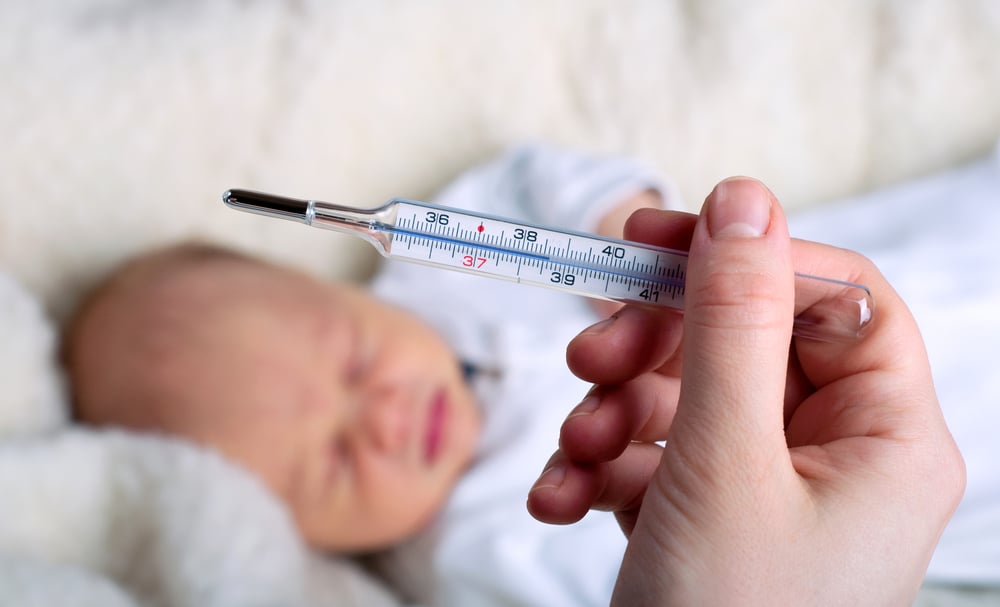
When a child has a fever, they should be placed in a cool, clean place.
Be careful not to place towels on the baby's forehead and chest. Change the towel every 2-3 minutes. Monitor the water temperature, maintaining it at a warm level. Check the baby's temperature every 15 minutes, and stop wiping the baby if the temperature is below 38.5 degrees Celsius.
Only administer intravenous fluids when indicated.
Dr. Le Ngoc Duy noted: Give children fever-reducing medication when their fever is above 38.5 degrees Celsius. For children with a history of febrile seizures, give them fever-reducing medication when their fever is above 38 degrees Celsius.
- Children with a high fever above 39.5 degrees Celsius that does not respond to fever-reducing medication.
- Children with high fever for more than 2 days.
- Children under 3 months old.
- Children with fever accompanied by any of the following signs: irritability, lethargy, difficulty waking up, frequent vomiting, loss of appetite, seizures, difficulty breathing, rash, or blood in the urine...
- When a child has a fever, families should note the following:
- Do not bundle the child up, as this will only raise their body temperature.
- Do not squeeze lemon juice into a child's mouth as this can easily cause mouth blisters, burns to the tongue, or choking.
- Do not use ice water to cool down and reduce fever.
- Do not pull the child's hair or pat their body while they are having a seizure, as this will only further agitate them and cause more seizures.
(Source: National Children's Hospital)
Commonly used fever-reducing medications for children include paracetamol in sachet, syrup, or suppository form. The dosage is 10-15 mg/kg per dose, every 4-6 hours. It is important to use the correct dosage. Combining different fever-reducing medications should be avoided as it can have adverse effects on the child's body.
If a child has a febrile seizure, they should be placed on their side to allow mucus and phlegm to drain easily and prevent aspiration into the lungs. Administer a fever-reducing suppository rectally. Cool the child down with warm water. After providing first aid for a child with a high fever and seizure, take them immediately to the nearest medical facility.
In reality, many families nowadays give their children intravenous fluids when they have a fever. Regarding this issue, Dr. Duy noted: If a child has a fever but is still alert and is adequately hydrated through food and drink, intravenous fluids are not necessary. However, if the child is severely dehydrated and refuses to eat or drink, intravenous fluids are needed and should only be administered at a qualified medical facility or hospital to ensure safety.
Source link







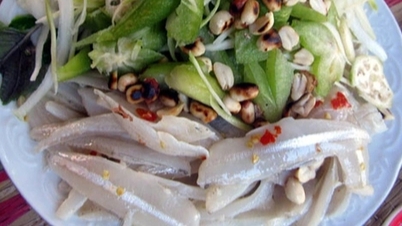



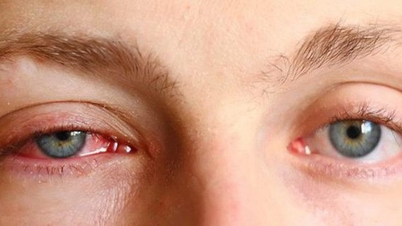

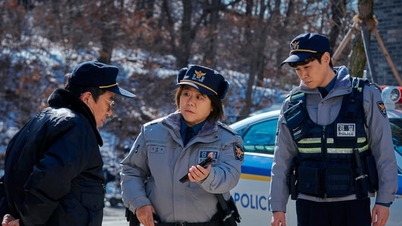

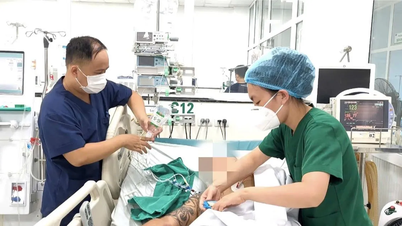

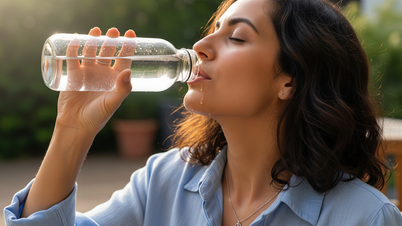



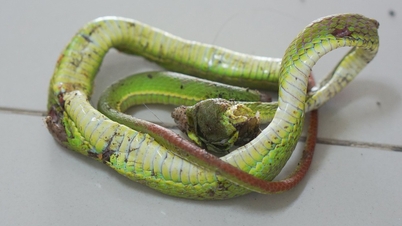









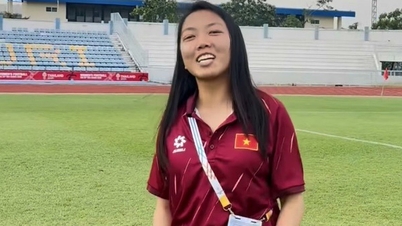



![[Photo] Prime Minister Pham Minh Chinh holds a phone call with the CEO of Russia's Rosatom Corporation.](/_next/image?url=https%3A%2F%2Fvphoto.vietnam.vn%2Fthumb%2F1200x675%2Fvietnam%2Fresource%2FIMAGE%2F2025%2F12%2F11%2F1765464552365_dsc-5295-jpg.webp&w=3840&q=75)










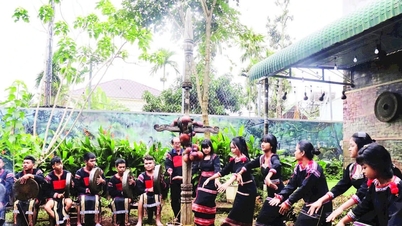





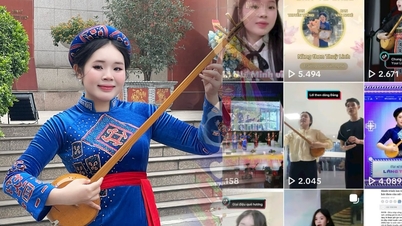

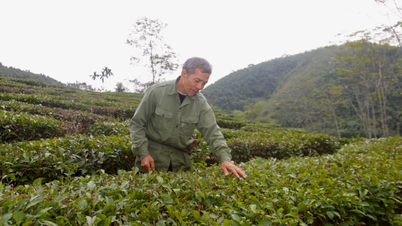






























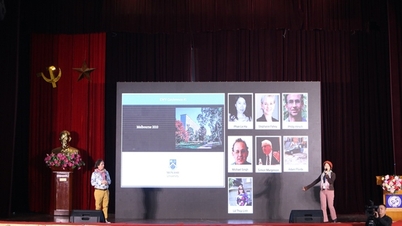

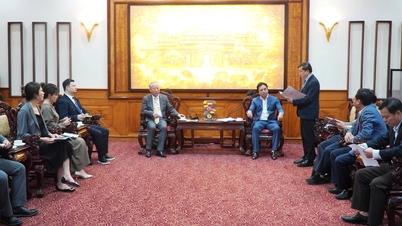

















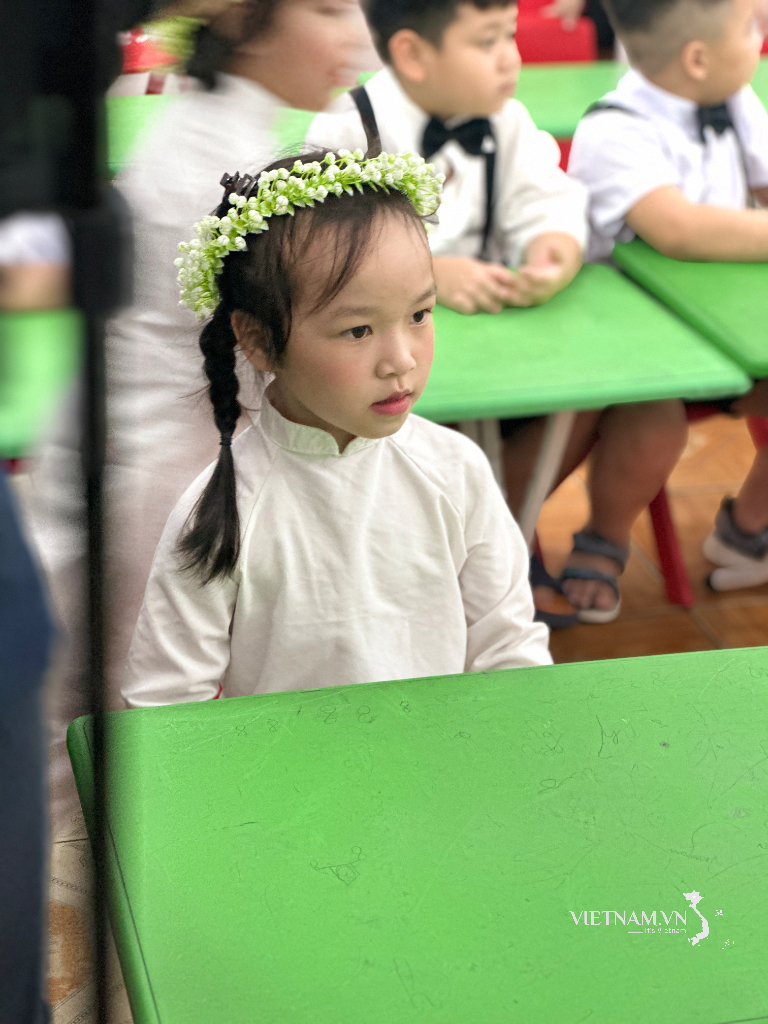



Comment (0)